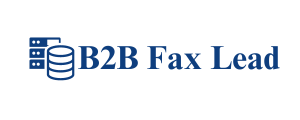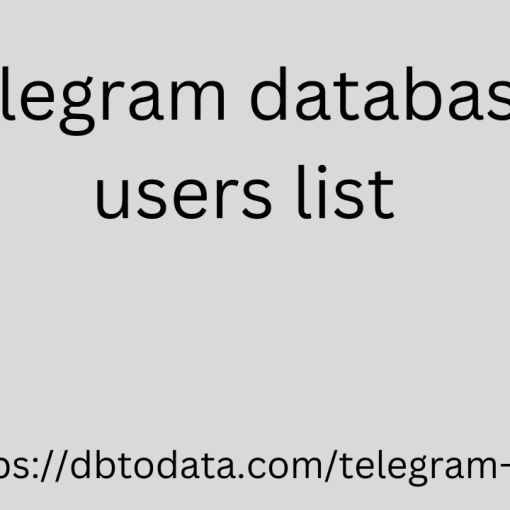It is very likely that the title with the part “it keeps bothering you” causes you some confusion. In that case, it is almost certain that you have not seen Derek Muller’s already famous video “Facebook Fraud” nor have you read the post in Spanish on the subject by Victor Iturrioz.
Facebook’s problem with fake likes
In that case, I’ll make it easy for you and also put the sweden telegram data video so you can watch it before continuing with the post. Put some popcorn in the microwave or make yourself a coffee because the truth is that it’s quite entertaining and worth watching without distraction.
At this point, the question should arise. “Victor’s video and post are great, but… Are you going to tell us something new?” Thank you for asking me this question. I think I can contribute completely new aspects mixed with others from third parties that I doubt are very well known. To be more data migration and quality specific and avoid wasting your time, I will tell you about this:
Why Facebook still has a serious problem with fake likes and why it still hasn’t seriously tackled it
Discovering that Facebook does not show the actual organic reach shopping data when you run campaigns to increase the effectiveness of paid ads
Understanding how buying likes hurts your organic reach and negatively impacts Edge Rank
Discover a way out of the vicious cycle of buying “likes” to achieve similar results to those you had in the past.
Are you still here? If so, it seems that you are interested in the topic. Well, let’s get down to business.
Facebook’s problem with fake likes
Did you know that Harvard University is suspected of having illegally purchased over 3 million “Likes” ? Lenny Teytelman, founder of ZappyLab, a company that develops applications for scientists, had begun to analyse the origins of the fans of some prestigious universities in his country. He published the surprising results on his blog . Of the 3.3 million “Likes” at the time, more than 90% came from outside the geographic location of Harvard.
Where do Harvard University’s fake likes come from?
This is not surprising at first glance, since such a prestigious university can have many followers all over the world. What does raise some suspicions is that a large percentage of these followers are located in Dhaka, the capital of Bangladesh. This city is also home to some “ sweatshops ”, as the “Like” factories or farms are also called, where workers are paid $1 for 1,000 Likes . On the Internet, they are often offered for a multiple of this (e.g. 1,000 Likes for $20).
To clear your doubts, it is highly unlikely that
Harvard University bought these Likes in Dhaka . What happens is this. When one of the illegal advertisers buys one of these packages, the hired worker does not only click on the client’s page but on all the pages of his newsstream . In this way, he disguises that he is a user who generates clicks illegally. If you analyze these profiles, you will see that they like both Real Madrid and Barça, they like both Apple and Microsoft, they like both Coca Cola and Pepsi, etc. You could say that they like absolutely everything.
Facebook’s promises to fix the problem and why it’s failing to do so
The problem of fake likes is not new for Facebook. It has repeatedly announced that it will combat the problem, most recently in October of last year . There are several points that make it difficult to tackle this problem in a radical way to settle the matter:




